How to Conduct a Wallet Audit - Ensuring Your Funds Are Safe
In today's digital age, where cryptocurrencies and digital assets are becoming increasingly popular, ensuring the safety of your funds is more crucial than ever. A wallet audit is essentially a thorough examination of your digital wallet, aimed at identifying vulnerabilities and ensuring that your assets are secure. Think of it as a health check-up for your finances—just as you wouldn't skip your annual physical, you shouldn't overlook the importance of auditing your wallet. This article provides a comprehensive guide on conducting a wallet audit, focusing on methods to ensure the security of your funds and the integrity of your digital assets.
Before diving into the audit process, it's essential to understand the different types of wallets available. Each type has its own set of features, benefits, and security levels. The main categories include:
- Hot Wallets: These are connected to the internet and are convenient for frequent transactions. However, their online nature makes them more vulnerable to hacks.
- Cold Wallets: These wallets are offline and provide a higher level of security. They are ideal for long-term storage of digital assets but may be less convenient for everyday transactions.
- Hardware Wallets: A subtype of cold wallets, hardware wallets store your private keys on a physical device. They offer robust security and are widely recommended for serious investors.
Choosing the right wallet type is the first step in securing your assets. Think about how you use your digital funds, and select a wallet that aligns with your needs and security preferences.
So, why should you bother with regular wallet audits? Imagine driving a car without checking the oil or brakes—eventually, something will go wrong. Regular audits help you maintain the security of your funds, identify potential risks, and ensure that your digital assets are well-protected. By auditing your wallet, you can catch issues before they escalate into significant problems. It's about being proactive rather than reactive.
When it comes to digital wallets, security risks are lurking around every corner. Understanding these risks is crucial for effective auditing. Some common threats include:
- Phishing Attacks: These scams often come in the form of fake emails or websites that mimic legitimate services, tricking you into providing sensitive information.
- Malware: Various types of malware can infiltrate your device, aiming to steal your wallet credentials or even your entire wallet.
Recognizing and mitigating these threats is essential to keeping your funds safe. It’s like being a detective—always on the lookout for clues that might indicate something is amiss.
Phishing scams are particularly insidious. They often disguise themselves as reputable sources, such as exchanges or wallet providers. To avoid falling victim, look for signs like:
- Unusual email addresses that don’t match the official site.
- Generic greetings instead of personalized messages.
- Links that lead to unfamiliar or suspicious websites.
Always double-check URLs and never click on links from unknown sources. Think of it as a game of cat and mouse; staying alert can help you outsmart the scammers.
Malware can come in many forms, including keyloggers, viruses, and ransomware. These malicious programs can compromise your wallet's security, leading to devastating losses. To safeguard your funds, consider these preventive measures:
- Keep your software updated to patch any vulnerabilities.
- Use trusted antivirus programs to detect and remove malware.
- Be cautious when downloading applications or files from the internet.
By treating your digital environment like a fortress, you can significantly reduce the risk of malware infiltrating your wallet.
Performance matters, too! A wallet that is slow or riddled with high fees can be frustrating and costly. During your audit, assess factors like transaction speeds and user experience. Are you waiting ages for transactions to confirm? Are fees eating into your profits? If so, it might be time to consider a wallet that better meets your expectations.
Now that you understand the importance of wallet audits, let’s get into the nitty-gritty of conducting one. Here’s a step-by-step process:
- Review Your Transaction History: Dive deep into your wallet’s transaction history. Look for any unusual or unauthorized transactions that could indicate a security breach.
- Check for Unauthorized Access: Ensure that no one else has accessed your wallet. This could involve checking login attempts and device access logs.
- Update Security Measures: Make sure you’re using the latest security features, like two-factor authentication and strong, unique passwords.
Following these steps can help you maintain a secure and efficient wallet.
During your audit, take the time to thoroughly review your wallet’s transaction history. This not only gives you insights into your spending habits but also helps you identify any suspicious transactions. Think of it as reviewing your bank statements but with the added layer of digital scrutiny.
Finally, enhancing your wallet's security should be a priority. Implement best practices like enabling two-factor authentication and regularly updating your passwords. These small steps can make a significant difference in protecting your assets.
Q: How often should I conduct a wallet audit?
A: It’s recommended to audit your wallet at least once every few months or whenever you notice unusual activity.
Q: What should I do if I find unauthorized transactions?
A: Immediately secure your wallet by changing passwords and enabling two-factor authentication. Report any suspicious activity to your wallet provider.
Q: Are hardware wallets completely safe?
A: While hardware wallets offer enhanced security, no wallet is 100% safe. Always follow best practices to minimize risks.
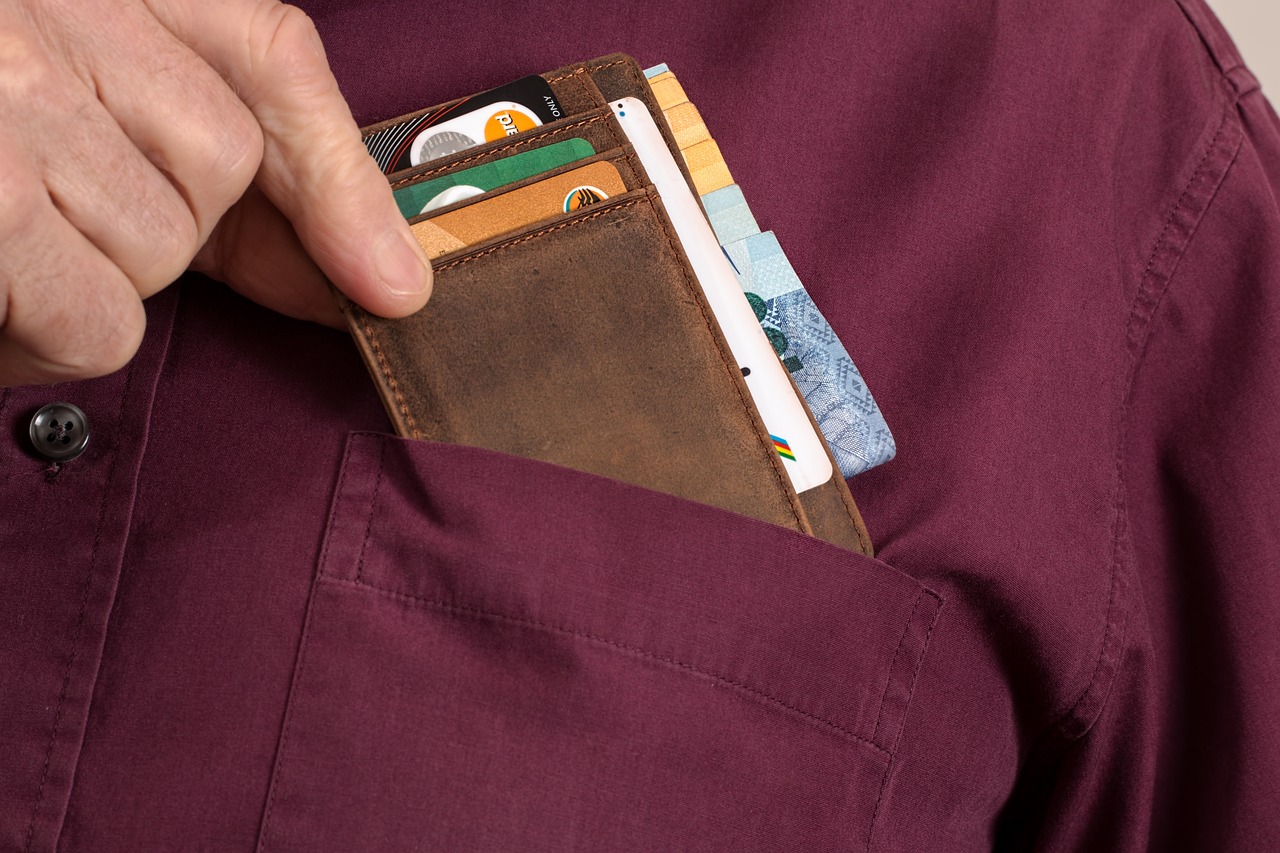
Understanding Wallet Types
When it comes to managing your digital assets, understanding wallet types is crucial. Just like you wouldn't store your cash in a place that could easily be accessed by strangers, you need to choose a wallet that aligns with your security preferences and usage habits. There are several types of wallets available, each with its unique features, benefits, and drawbacks. Let’s dive into the most common types: hot wallets, cold wallets, and hardware wallets.
Hot wallets are connected to the internet, making them incredibly convenient for everyday transactions. Think of them as your online banking app; you can access your funds quickly and easily, but they’re also more vulnerable to hacks. If you often trade or use your digital assets frequently, a hot wallet might be the best fit for you. However, always remember that convenience comes with risks.
On the other hand, cold wallets are offline storage solutions. This is like keeping your cash in a safe at home—secure but less accessible. Cold wallets are ideal for long-term storage of cryptocurrencies, as they are not connected to the internet, making them far less susceptible to cyber threats. If you’re planning to hold onto your assets for a while without frequent transactions, consider a cold wallet for enhanced security.
Then, we have hardware wallets, which are a hybrid of both worlds. These physical devices store your private keys offline but can be connected to your computer or mobile device when needed. They offer a great balance between security and accessibility. Imagine having a safe that you can easily open when you need cash, but it’s locked away most of the time. Hardware wallets are perfect for those who want to keep their assets secure while still having some level of convenience.
To summarize, here’s a quick comparison of the three wallet types:
| Wallet Type | Connection | Security Level | Best For |
|---|---|---|---|
| Hot Wallet | Online | Low | Frequent Transactions |
| Cold Wallet | Offline | High | Long-term Storage |
| Hardware Wallet | Offline/Online | High | Balanced Use |
Ultimately, the choice of wallet depends on your individual needs and how you plan to use your digital assets. Always weigh the pros and cons of each type and consider your security preferences. Understanding these wallet types is the first step in ensuring the safety of your funds and the integrity of your digital assets.
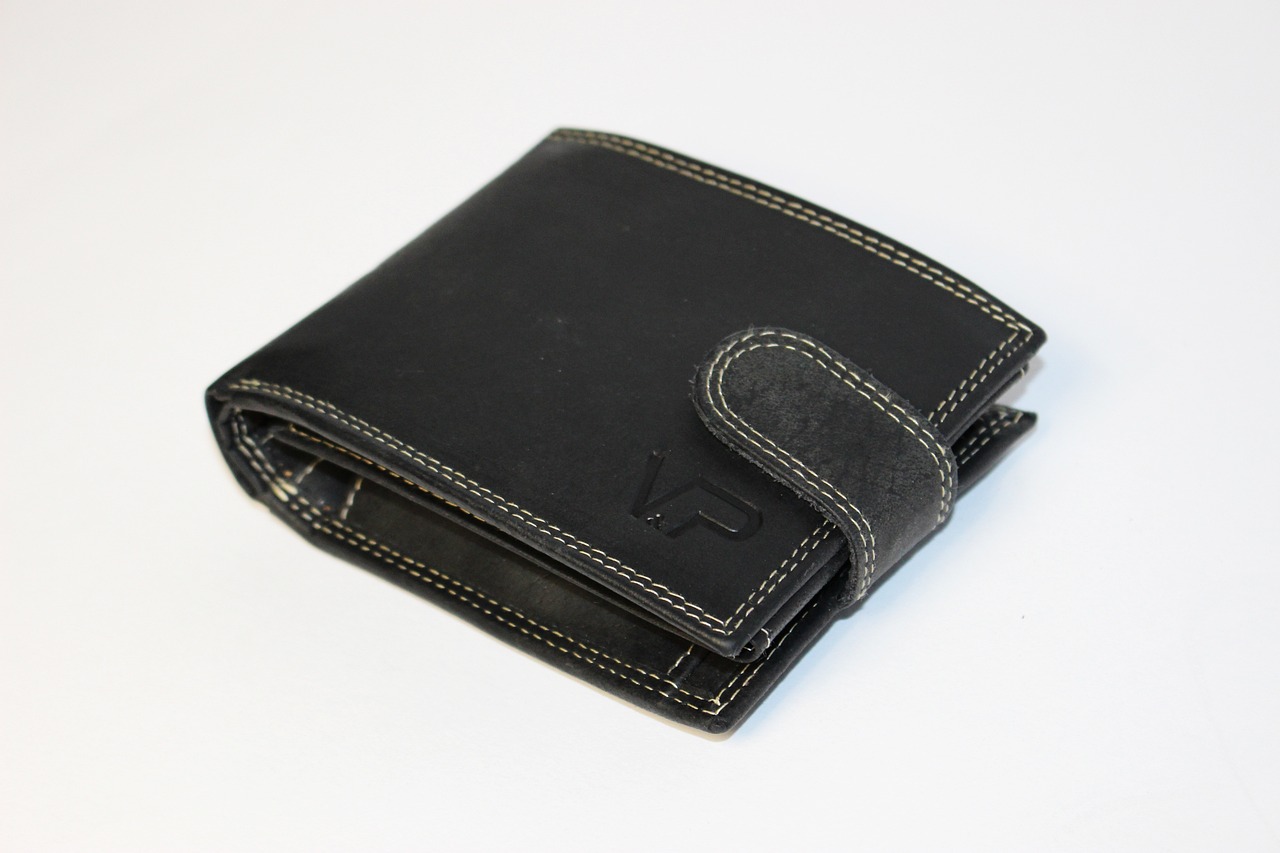
Importance of Regular Audits
When it comes to managing your digital assets, think of your wallet as a treasure chest. Just like you wouldn't leave your treasure unattended, you shouldn't neglect the security of your digital funds. Conducting regular audits of your wallet is akin to performing routine check-ups on your health; it ensures everything is in tip-top shape and helps you catch potential issues before they escalate. But why is this practice so crucial? Let’s dive into the reasons.
First and foremost, regular audits help you identify potential risks. The digital landscape is constantly evolving, with new threats emerging every day. By routinely reviewing your wallet, you can spot vulnerabilities that might have slipped under your radar. For instance, if you notice unusual activity or unauthorized transactions, it could be a sign that your wallet has been compromised. Addressing these issues promptly can save you from significant financial loss.
Moreover, audits allow you to maintain control over your assets. Just like a captain navigates a ship through treacherous waters, you need to steer your wallet through the complexities of the crypto world. Regularly checking your wallet helps you ensure that your funds are where they’re supposed to be and that you're not falling victim to scams or fraud. It’s about keeping your ship steady and your treasure safe.
Another important aspect of regular audits is the opportunity to optimize your wallet's performance. By assessing transaction speeds, fees, and user experience, you can determine if your current wallet is meeting your needs. Is it slow? Are the fees too high? If so, it might be time to explore other options. Think of it as tuning up your car; regular maintenance keeps it running smoothly and efficiently.
Lastly, conducting audits reinforces your security measures. With each audit, you can evaluate whether your current security protocols are adequate. Are you using two-factor authentication? Is your password strong enough? By regularly updating your security practices, you’re not just protecting your assets; you’re also instilling confidence in your ability to manage them effectively.
In conclusion, regular wallet audits are essential for anyone serious about safeguarding their digital assets. They help you identify risks, maintain control, optimize performance, and reinforce security measures. So, make it a habit to audit your wallet regularly; it’s a small investment of time that could pay off significantly in the long run.
- How often should I conduct a wallet audit? It's recommended to perform audits at least once every few months, or more frequently if you notice any suspicious activities.
- What should I look for during an audit? Focus on transaction history, security settings, and any unauthorized access to your wallet.
- Can I use multiple wallets for better security? Yes, diversifying your assets across multiple wallets can enhance security and reduce risk.
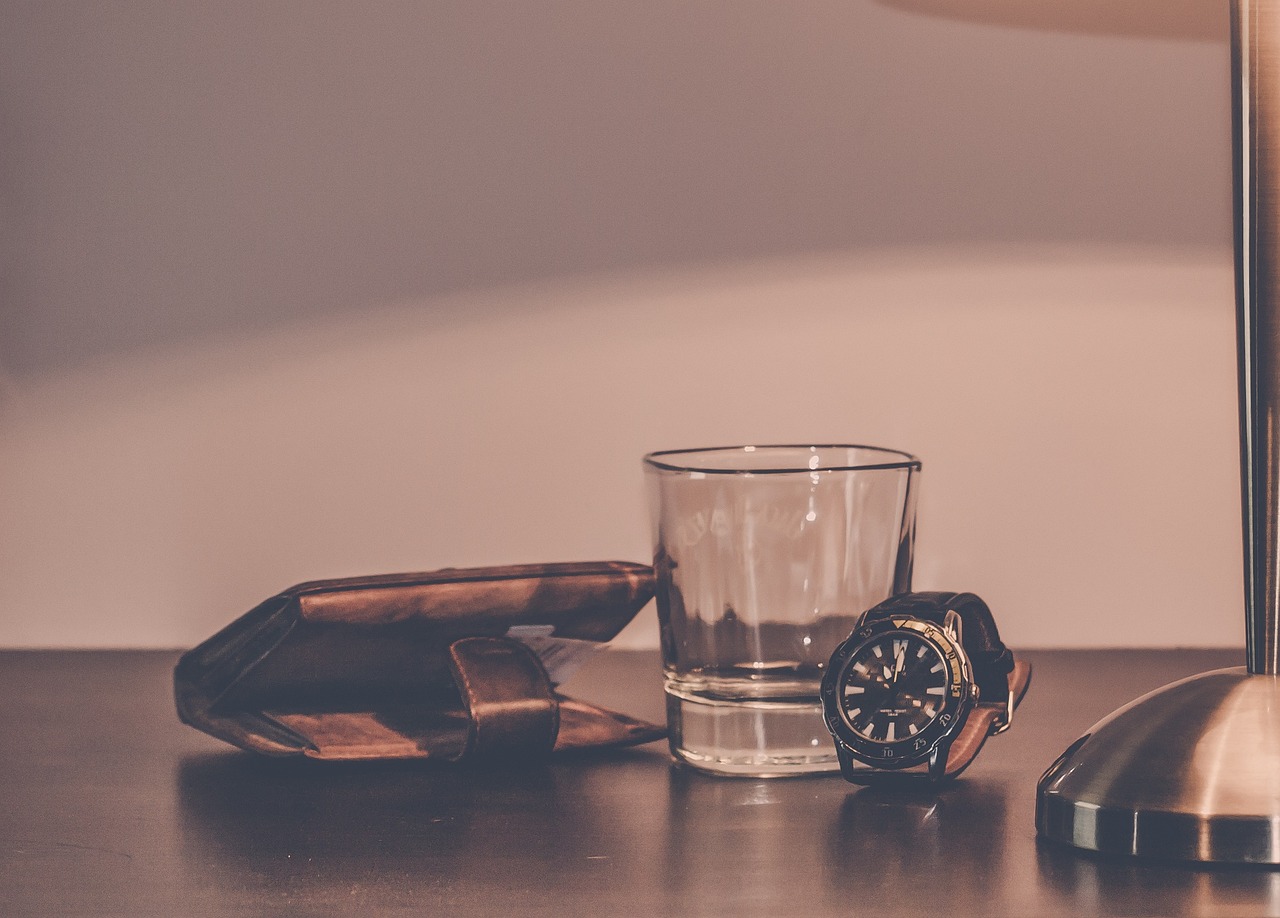
Identifying Security Risks
In the world of digital wallets, security is paramount. With the rise of cryptocurrencies and digital assets, understanding the potential threats that lurk in the shadows is essential for any user. Identifying security risks is not just about protecting your funds; it's about ensuring peace of mind in your financial dealings. So, what are the common threats that you should be aware of? Let’s dive into some of the most prevalent security risks that can compromise your wallet.
First and foremost, phishing attacks are a significant concern. These scams often masquerade as legitimate communications from trusted sources, tricking users into revealing sensitive information such as passwords or private keys. They can come in various forms, including emails, fake websites, or even social media messages. To avoid falling victim to these scams, always verify the source before clicking on any links or providing personal information. Look for signs such as poor grammar, suspicious URLs, or requests for sensitive data that seem out of the ordinary.
Another major threat comes from malware. This malicious software can infect your device, allowing attackers to gain unauthorized access to your wallet. There are several types of malware to be aware of:
- Keyloggers: These record your keystrokes, capturing passwords and other sensitive information.
- Spyware: This type of malware secretly collects data about you without your consent.
- Ransomware: It can lock you out of your wallet or device until you pay a ransom.
To protect yourself from malware, it’s crucial to keep your software updated, use reputable antivirus programs, and avoid downloading unverified applications. Always be cautious about the websites you visit and the links you click on, as these can often lead to harmful downloads.
Moreover, it’s essential to be aware of social engineering attacks, where attackers manipulate individuals into divulging confidential information. This could involve impersonating a trusted figure or creating a sense of urgency to trick you into acting quickly without thinking. Always take a moment to assess the situation and verify any unusual requests for information.
Lastly, the security of your wallet can also be compromised through physical theft. If you use a hardware wallet, ensure that it is stored in a secure location. For hot wallets, be mindful of the devices you use to access your funds. Public Wi-Fi networks, for instance, can be a hotbed for cybercriminals looking to intercept your data.
In conclusion, being aware of these security risks is the first step in safeguarding your digital assets. By remaining vigilant and adopting best practices, you can significantly reduce the chances of falling victim to these threats. Remember, it's better to be safe than sorry when it comes to your financial security!
Q: What should I do if I suspect a phishing attack?
A: If you suspect a phishing attack, do not click on any links or provide any information. Report the incident to your wallet provider and change your passwords immediately.
Q: How can I protect my wallet from malware?
A: To protect your wallet from malware, use reputable antivirus software, keep your devices updated, and avoid downloading applications from untrusted sources.
Q: What is two-factor authentication, and why is it important?
A: Two-factor authentication (2FA) adds an extra layer of security by requiring not only your password but also a second form of identification, such as a code sent to your phone. It’s important because it makes it much harder for unauthorized users to access your wallet.

Phishing Attacks
Phishing attacks are like the wolves in sheep's clothing of the digital world. They disguise themselves as trustworthy entities, luring unsuspecting victims into a trap. Imagine receiving an email that looks just like it’s from your bank, complete with logos and official language, asking you to verify your account details. Sounds harmless, right? But that’s exactly how these scams operate. They prey on your trust and urgency, making you feel like you must act fast to protect your assets.
To avoid falling victim to phishing attacks, it’s crucial to recognize the common signs. Typically, phishing emails contain:
- Generic Greetings: Instead of addressing you by name, they might say "Dear Customer."
- Urgent Language: Phrases like "Immediate action required!" or "Your account will be suspended!" push you to act quickly.
- Suspicious Links: Hover over links to see the actual URL; it might not match the claimed source.
- Attachments: Unexpected attachments can contain malware designed to compromise your wallet.
It's essential to remain vigilant and skeptical. If something feels off, it probably is! Always double-check the sender's email address and verify the information through official channels. For instance, if you receive a suspicious email from your bank, do not click any links. Instead, go directly to the bank's website or call their customer service to confirm the email's authenticity.
Additionally, consider using security tools such as spam filters and email verification services. These tools can help catch phishing attempts before they reach your inbox, reducing the risk of falling prey to these scams. Remember, the goal of a phishing attack is to steal your sensitive information, and once they have access to your wallet, it can lead to devastating financial losses. Stay informed, stay cautious, and protect your digital assets!
Q: What should I do if I suspect a phishing attack?
A: If you suspect a phishing attack, do not click any links or provide any personal information. Delete the email and report it to your email provider. If you’ve already clicked a link, immediately change your passwords and enable two-factor authentication on your accounts.
Q: How can I tell if an email is legitimate?
A: Look for signs such as personalized greetings, proper grammar, and the sender's email address. Legitimate organizations will usually address you by name and will not ask for sensitive information via email.
Q: Are there tools to help protect against phishing?
A: Yes! There are many anti-phishing tools and browser extensions available that can help identify and block phishing attempts. Additionally, keeping your software and antivirus programs up to date can provide an extra layer of protection.
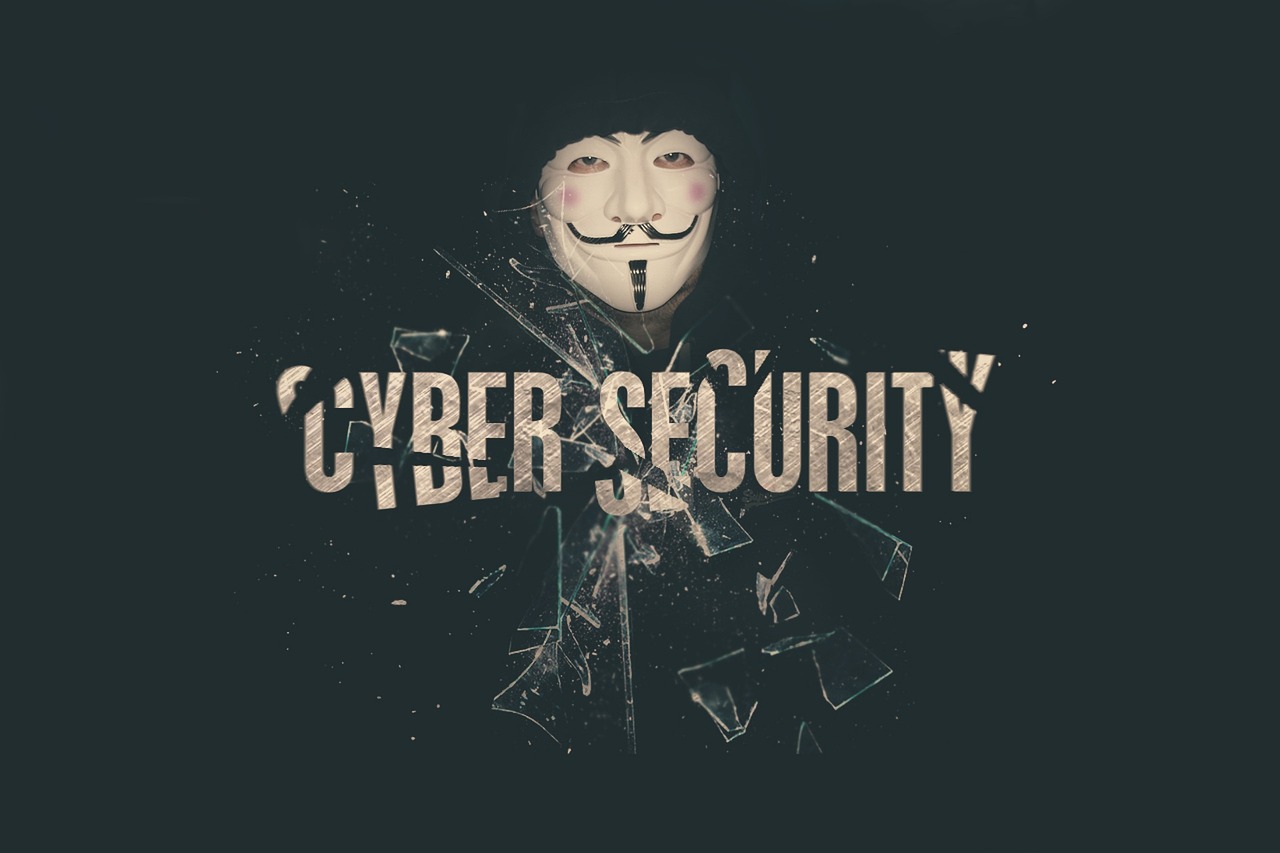
Malware Threats
When it comes to securing your digital wallet, one of the most significant threats you need to be aware of is malware. This malicious software can infiltrate your device, often without your knowledge, and compromise your wallet's security. Imagine your wallet as a vault; if a thief has the right tools, they can break in and steal everything inside. Similarly, malware can exploit vulnerabilities in your system to gain access to your sensitive information, including private keys and passwords.
There are various types of malware that can pose a threat to your digital assets. Here are some of the most common:
- Keyloggers: These track your keystrokes, capturing everything you type, including your wallet credentials.
- Trojans: Disguised as legitimate software, Trojans can create backdoors for attackers to access your wallet.
- Ransomware: This type of malware locks you out of your files until you pay a ransom, potentially including your wallet data.
- Adware: While not always malicious, adware can lead you to phishing sites that trick you into revealing your wallet information.
To safeguard your funds against these threats, it's crucial to adopt a proactive approach. Here are some effective preventive measures:
- Install Antivirus Software: A robust antivirus program can detect and eliminate malware before it can do any damage.
- Keep Software Updated: Regular updates to your operating system and applications can patch security vulnerabilities that malware might exploit.
- Use a Virtual Private Network (VPN): A VPN encrypts your internet connection, making it harder for malware to intercept your data.
- Be Wary of Downloads: Only download software from trusted sources and avoid clicking on suspicious links or attachments.
Ultimately, the key to protecting your wallet from malware threats lies in your awareness and actions. By staying informed and implementing these security measures, you can significantly reduce the risk of falling victim to malware, keeping your digital assets safe and sound.
Q: What is malware?
A: Malware is malicious software designed to harm, exploit, or otherwise compromise your device and data.
Q: How can I tell if my device has malware?
A: Common signs include slow performance, unexpected crashes, and unfamiliar programs or pop-ups.
Q: What should I do if I suspect my wallet has been compromised?
A: Immediately change your passwords, enable two-factor authentication, and consider moving your assets to a more secure wallet.
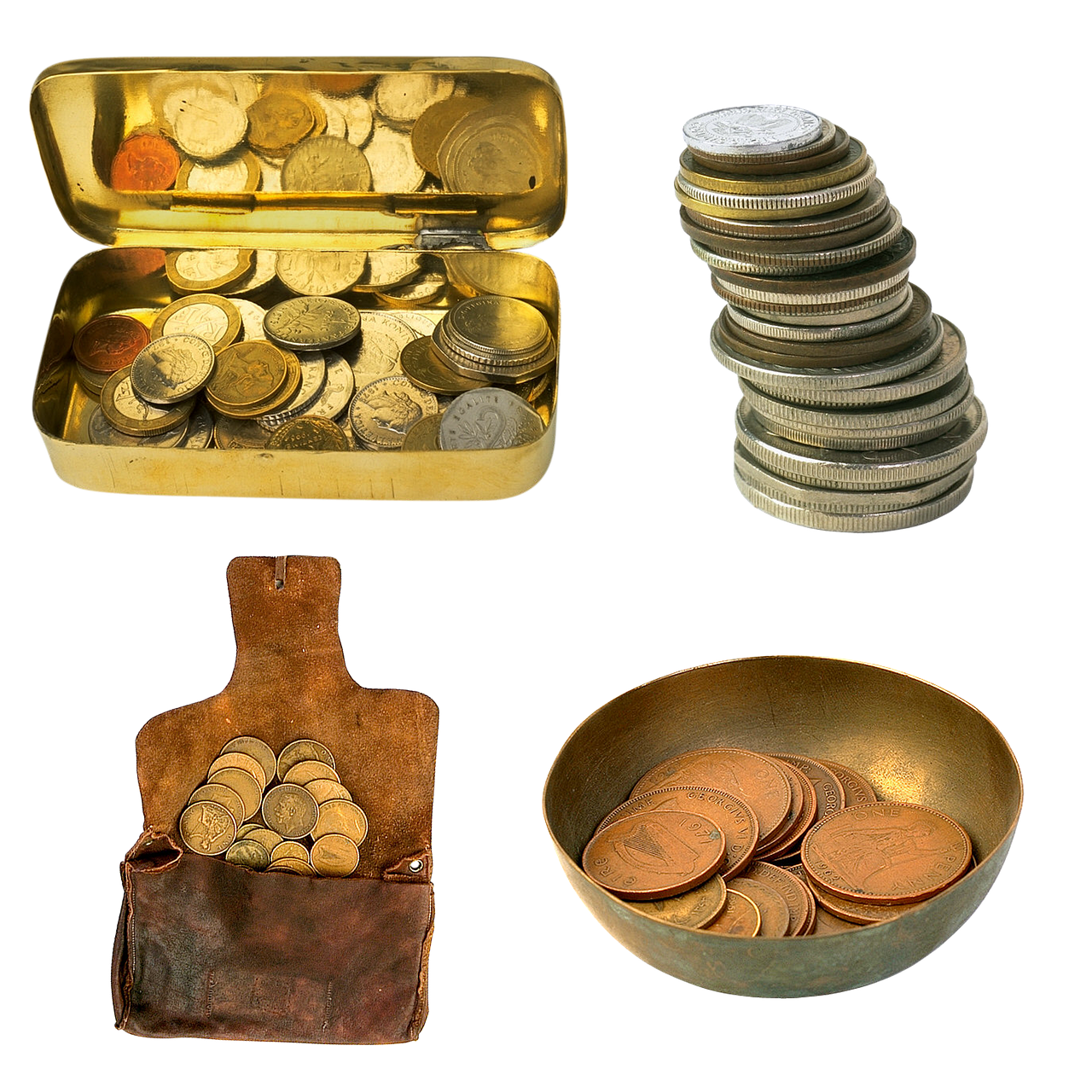
Evaluating Wallet Performance
When it comes to managing your digital assets, evaluating wallet performance is crucial. Just like you wouldn’t drive a car without checking its engine, you shouldn’t overlook the efficiency of your wallet. A well-performing wallet can save you time and money, while a sluggish or costly wallet can lead to frustration and unnecessary expenses. So, how do you assess whether your wallet is up to the task? Let's dive into some key aspects to consider.
First and foremost, transaction speed is a major factor. Imagine waiting for a slow train when you’re in a hurry; that’s what it feels like when your wallet takes ages to process transactions. You want a wallet that can handle transactions quickly, especially during times of market volatility when every second counts. To evaluate this, you can conduct a few test transactions and note the time it takes for each to complete. If you find that your wallet consistently lags behind, it might be time to consider alternatives.
Next up is transaction fees. Different wallets have different fee structures, and understanding these can save you a substantial amount of money. Some wallets charge a flat fee, while others take a percentage of the transaction amount. To give you a clearer picture, here’s a simple table comparing common fee structures:
| Wallet Type | Fee Structure | Average Fee |
|---|---|---|
| Hot Wallet | Variable | 0.1% - 1% |
| Cold Wallet | Flat fee | $0.50 - $5.00 |
| Hardware Wallet | One-time purchase | $50 - $200 |
As you can see, understanding the fee structure helps you make informed decisions. If your wallet is charging you excessively for transactions, it may not be the best choice for your needs.
Another vital aspect to consider is the user experience. A wallet should be intuitive and easy to navigate. If you find yourself struggling to locate features or complete transactions, it can lead to errors and potential losses. Take some time to explore the user interface of your wallet. Is it user-friendly? Are the features easily accessible? If not, you might want to explore alternatives that offer a smoother experience.
Lastly, don’t forget to consider the security features offered by your wallet. A wallet is only as good as its security measures. Look for wallets that provide advanced security options like two-factor authentication (2FA) and biometric logins. These features can significantly enhance your wallet’s security and give you peace of mind knowing your funds are protected.
In conclusion, evaluating wallet performance is not just a one-time task; it’s an ongoing process that requires your attention. Keep an eye on transaction speeds, fees, user experience, and security features to ensure that your wallet continues to meet your needs. After all, your digital assets deserve the best protection and performance!
- What is a wallet audit? A wallet audit is a thorough examination of your digital wallet's security, performance, and transaction history to ensure that your funds are safe.
- How often should I conduct a wallet audit? It's recommended to conduct a wallet audit at least once every few months or whenever you notice unusual activity.
- What should I do if I find unauthorized transactions? Immediately change your passwords, enable two-factor authentication, and contact your wallet provider for further assistance.
- Are hardware wallets safer than software wallets? Generally, yes. Hardware wallets store your assets offline, making them less vulnerable to hacking.
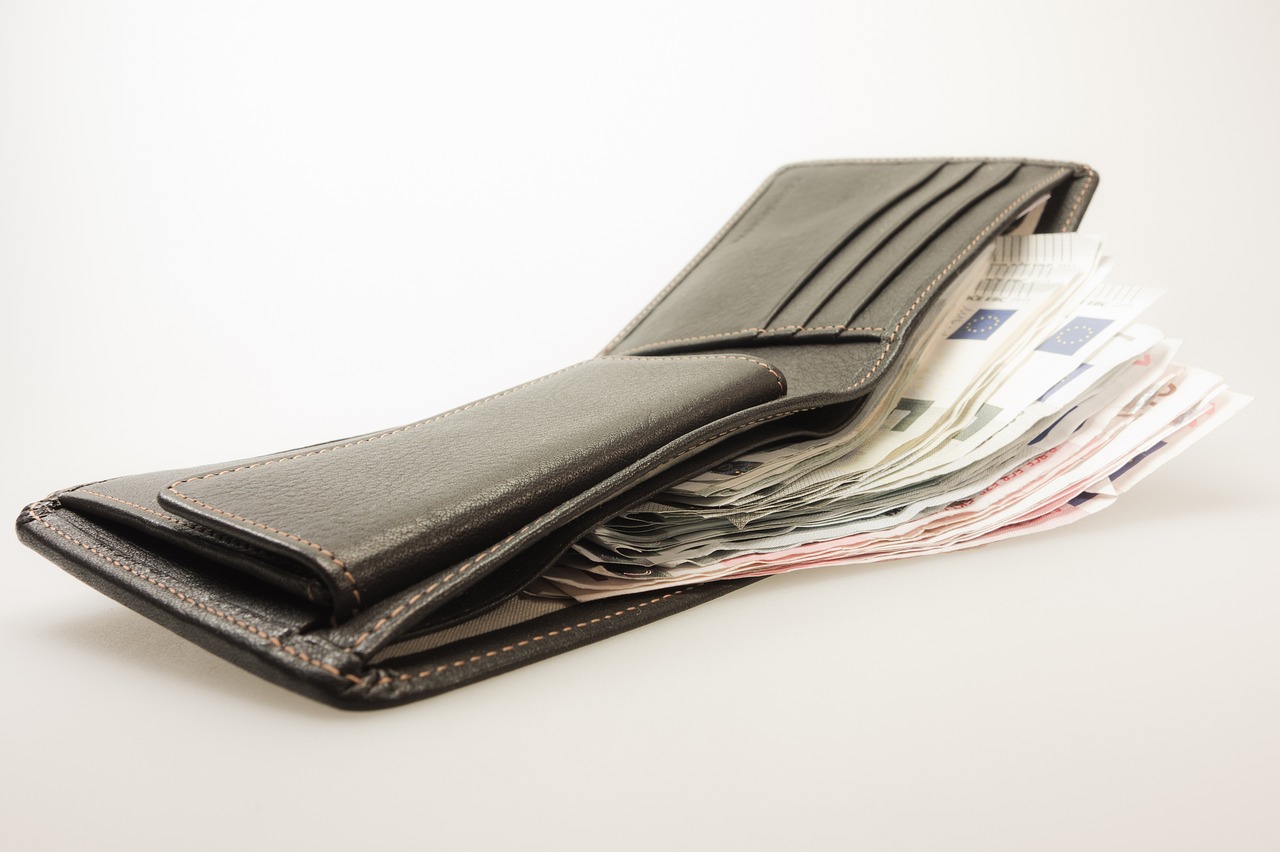
Steps for Conducting an Audit
Conducting a wallet audit may sound daunting, but it’s really just a systematic approach to ensuring your digital assets are safe and sound. Think of it as a spring cleaning for your finances—refreshing, necessary, and a bit of a reality check. So, how do you get started? Let’s break it down into manageable steps that you can easily follow to keep your wallet in tip-top shape.
First and foremost, you want to review your transaction history. This is like looking at your bank statement, but with a digital twist. By diving into your transaction records, you can gain insights into your spending habits. Are there any transactions that look suspicious or just plain wrong? If something doesn’t feel right, it probably isn’t. Make sure to note the dates, amounts, and recipients of any transactions that raise eyebrows. Keeping a close eye on these details can help you spot unauthorized transactions before they spiral out of control.
Next up, it’s time to check for unauthorized access. This involves scrutinizing your wallet's security settings and access logs if available. Ask yourself: have there been any logins from devices or locations you don’t recognize? If so, it’s a red flag that someone may have gotten their hands on your wallet. If you find anything suspicious, take immediate action to secure your wallet, such as changing your password and enabling additional security measures.
Speaking of security, updating your security measures is a crucial step in your wallet audit. Make sure you’re using a strong, unique password that you haven’t used elsewhere. If you haven’t already, enable two-factor authentication (2FA). This extra layer of security can make a world of difference. It’s like locking your front door and then adding a deadbolt—more protection is always better!
Now, let’s talk about software updates. Just like your smartphone or computer, your wallet software needs to be up-to-date to fend off any vulnerabilities. Check for updates regularly and install them promptly. Developers often release patches to fix security loopholes, and staying updated is your best defense against potential threats.
Finally, consider documenting your findings. Keeping a record of your audit results can help you track changes over time and identify patterns that might indicate emerging threats. You can create a simple spreadsheet or even a note on your phone to jot down key points. This will not only help you stay organized but also provide a reference for future audits.
To summarize, here’s a quick recap of the steps to conduct a wallet audit:
- Review your transaction history for suspicious activity.
- Check for unauthorized access and logins.
- Update your security measures, including passwords and 2FA.
- Ensure your wallet software is up-to-date.
- Document your audit findings for future reference.
By following these steps, you can ensure that your digital wallet remains secure and that your funds are safe from prying eyes. Remember, regular audits are not just a good idea; they’re essential in today’s digital landscape. So, roll up your sleeves and get to work—your wallet will thank you!
Q: How often should I conduct a wallet audit?
A: It’s recommended to conduct a wallet audit at least once every few months or whenever you notice suspicious activity.
Q: What should I do if I find unauthorized transactions?
A: If you find unauthorized transactions, immediately change your password, enable 2FA, and contact your wallet provider for assistance.
Q: Can I use multiple wallets for better security?
A: Absolutely! Using multiple wallets can enhance security by diversifying where you store your assets.
Q: What are the signs of a phishing attack?
A: Look for unusual emails, messages asking for personal information, or links that seem suspicious. Always verify the source before clicking any links.
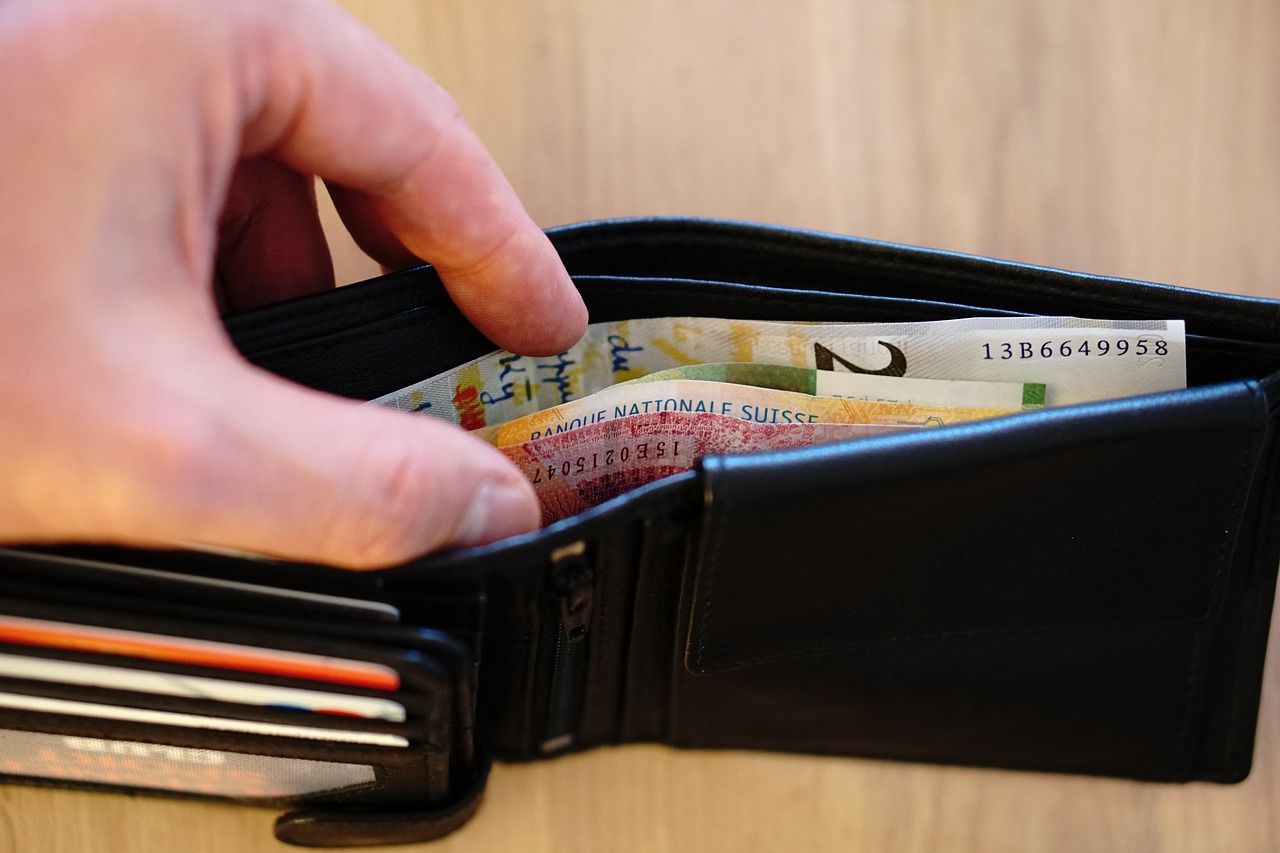
Reviewing Transaction History
When it comes to ensuring the security of your digital assets, reviewing your transaction history is like conducting a health check-up for your wallet. Just as you'd examine your spending habits to keep your finances in check, scrutinizing your transaction history can reveal a lot about your wallet's activity and security. Take a moment to think about it: how often do you really look back at what has been going in and out of your wallet? This step is crucial not just for understanding your financial behavior but also for spotting any potential red flags.
Start by accessing your wallet’s transaction log. Most wallets provide a detailed breakdown of every transaction, including dates, amounts, and recipient addresses. Here’s a quick checklist of what to look for:
- Unrecognized Transactions: Scan through the list for any transactions that you don’t recognize. If something seems off, it’s time to investigate further.
- Patterns of Spending: Are there any unusual patterns? For instance, if you typically make small purchases but suddenly see a large withdrawal, it could indicate a security breach.
- Frequency of Transactions: A sudden spike in transaction frequency could also be a warning sign, especially if it’s not typical for your wallet usage.
Once you've identified any suspicious activity, you can take immediate action. This might involve contacting your wallet provider, changing your passwords, or even transferring your funds to a more secure wallet. Remember, the earlier you catch a potential issue, the easier it is to mitigate the risks.
Additionally, keeping a record of your transactions can be incredibly beneficial. Not only does it help you track your finances more effectively, but it also serves as a reference point in case you need to dispute any transactions. You might consider creating a simple table to log your transactions manually, which can look something like this:
| Date | Transaction Type | Amount | Recipient Address | Notes |
|---|---|---|---|---|
| 2023-10-01 | Deposit | $100 | abc123... | Monthly savings |
| 2023-10-05 | Withdrawal | $50 | xyz789... | Online purchase |
In conclusion, regularly reviewing your transaction history not only enhances your awareness of your financial habits but also fortifies the security of your digital wallet. It’s like having a personal security guard keeping watch over your funds, ensuring that everything is in order. So, make it a habit to check your transaction history frequently; your wallet will thank you!
Q: How often should I review my transaction history?
A: It’s recommended to review your transaction history at least once a month to catch any discrepancies early.
Q: What should I do if I find an unauthorized transaction?
A: Immediately change your wallet password, enable two-factor authentication, and contact your wallet provider for further assistance.
Q: Can I recover lost funds from unauthorized transactions?
A: Recovery depends on the wallet provider and the specific circumstances. Always report any unauthorized transactions as soon as possible.
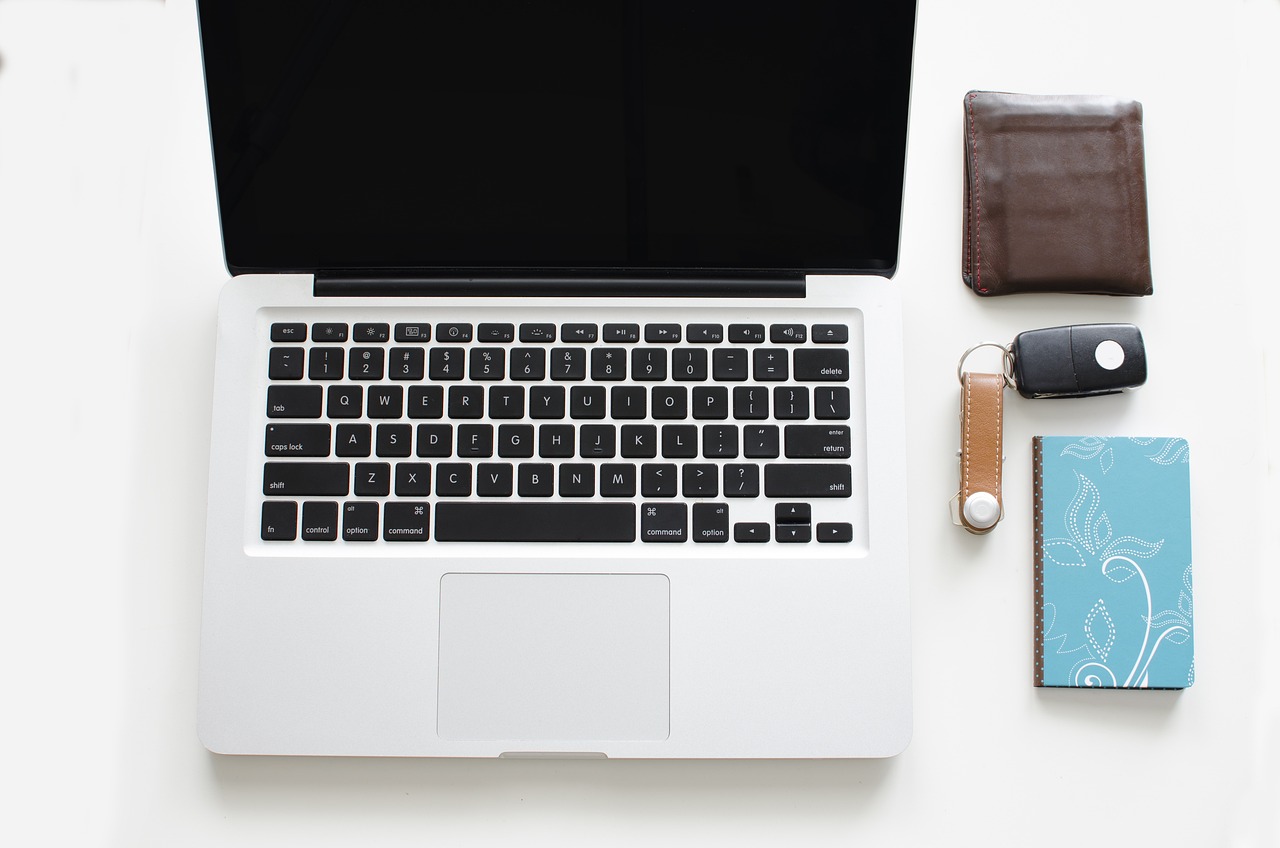
Updating Security Measures
In the ever-evolving landscape of digital finance, updating your security measures is not just a good idea; it's absolutely essential. Imagine your wallet as a treasure chest, and every time you add a new coin, you should also check that the lock is still sturdy. Regularly revisiting and enhancing your security protocols can make all the difference between keeping your assets safe and becoming a victim of cybercrime.
One of the first steps to bolster your wallet's security is to enable two-factor authentication (2FA). This adds an extra layer of protection by requiring not just your password but also a second form of verification, such as a code sent to your mobile device. Think of it as needing both a key and a secret handshake to access your treasure. This simple step can significantly reduce the risk of unauthorized access, making it much harder for potential intruders to get in.
Another crucial aspect is to regularly update your passwords. It’s easy to get comfortable with a password that you've been using for a while, but that comfort can lead to complacency. Consider using a password manager to generate and store complex passwords securely. A good password manager can help you create passwords that are not only difficult to guess but also unique for each account. This way, if one password is compromised, your other accounts remain safe.
Furthermore, keep your software and apps up to date. Developers frequently release updates to fix vulnerabilities that hackers might exploit. Ignoring these updates is like leaving a window open in your house; it invites trouble. Make it a habit to check for updates regularly and install them promptly. This simple act can fortify your wallet against many common threats.
Lastly, consider using a hardware wallet for storing larger amounts of cryptocurrency. Unlike hot wallets, which are connected to the internet and more susceptible to attacks, hardware wallets are offline and provide a much higher level of security. They’re like a safe deposit box for your digital assets, ensuring that your most valuable coins are protected from online threats.
To summarize, here are some key security measures to implement:
- Enable two-factor authentication (2FA).
- Use a password manager for complex passwords.
- Regularly update your software and apps.
- Consider a hardware wallet for significant amounts.
By proactively updating your security measures, you can create a robust defense around your digital assets. Remember, in the world of cryptocurrencies, it’s better to be safe than sorry. So, take these steps seriously, and you'll keep your treasure chest locked tight against potential threats!
- What is two-factor authentication?
Two-factor authentication (2FA) is a security process that requires two different forms of identification before granting access to an account. This typically involves something you know (like a password) and something you have (like a mobile device).
- How often should I update my passwords?
It's recommended to update your passwords every 3 to 6 months, or immediately if you suspect any security breach.
- Are hardware wallets really safer?
Yes, hardware wallets are generally considered safer than software wallets because they store your private keys offline, making them less vulnerable to online attacks.
Frequently Asked Questions
- What is a wallet audit?
A wallet audit is a systematic review of your digital wallet to ensure the security of your funds and the integrity of your transactions. It involves checking for unauthorized access, reviewing transaction history, and updating security measures to protect your digital assets.
- Why should I conduct regular audits of my wallet?
Regular audits are essential for maintaining the security of your funds. They help identify potential risks, such as unauthorized transactions or security vulnerabilities, allowing you to take action before any significant issues arise.
- What types of wallets are available?
There are several types of wallets, including hot wallets (connected to the internet), cold wallets (offline storage), and hardware wallets (physical devices). Each type has its own advantages and disadvantages, so it's important to choose one that aligns with your security needs and usage habits.
- How can I identify security risks associated with my wallet?
Common security risks include phishing attacks and malware. To identify these risks, stay vigilant for suspicious emails or links, and regularly scan your devices for malware. Keeping your software up to date can also help mitigate these threats.
- What are phishing attacks, and how can I avoid them?
Phishing attacks are fraudulent attempts to obtain sensitive information by impersonating a trustworthy entity. To avoid falling victim, always verify the sender's email address, look for signs of suspicious behavior, and never click on links from unknown sources.
- What types of malware can target my digital wallet?
Various types of malware, such as keyloggers and trojans, can target your wallet. Keyloggers capture your keystrokes, while trojans disguise themselves as legitimate software. To protect against these threats, use reputable antivirus software and avoid downloading untrusted applications.
- How can I evaluate my wallet's performance?
You can evaluate your wallet's performance by examining transaction speeds, fees, and user experience. A wallet that offers fast transactions and low fees while being easy to use is typically a good choice.
- What steps should I follow to conduct a wallet audit?
To conduct a wallet audit, start by reviewing your transaction history for any unauthorized transactions. Next, check for any signs of unauthorized access and update your security measures, such as enabling two-factor authentication and changing your passwords.
- How can I enhance my wallet's security?
Enhancing your wallet's security can be achieved by enabling two-factor authentication, using strong and unique passwords, and regularly updating your software. Additionally, consider using a hardware wallet for added protection.



















